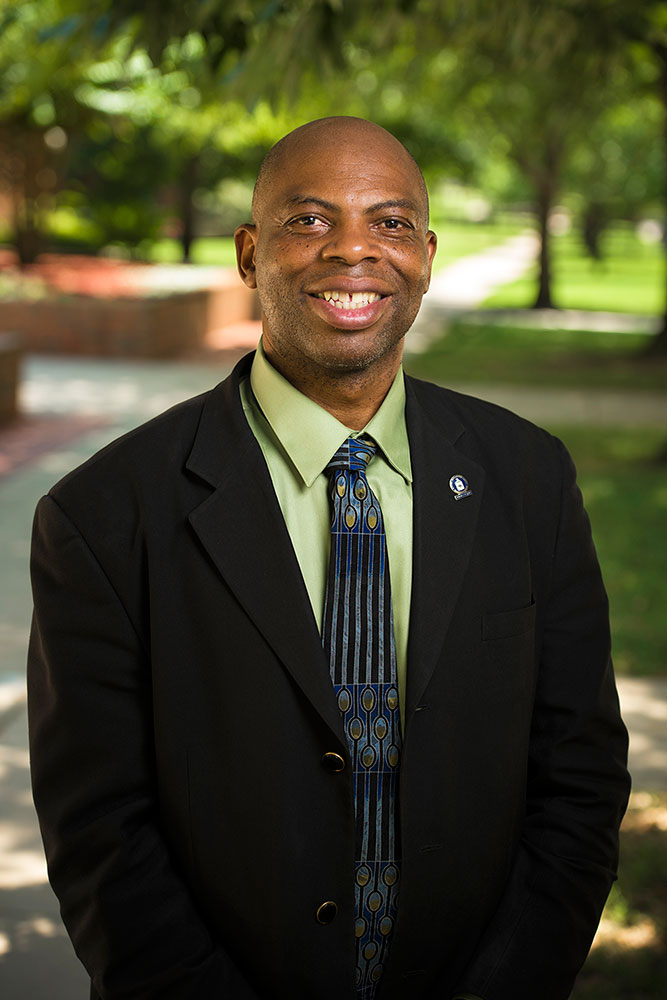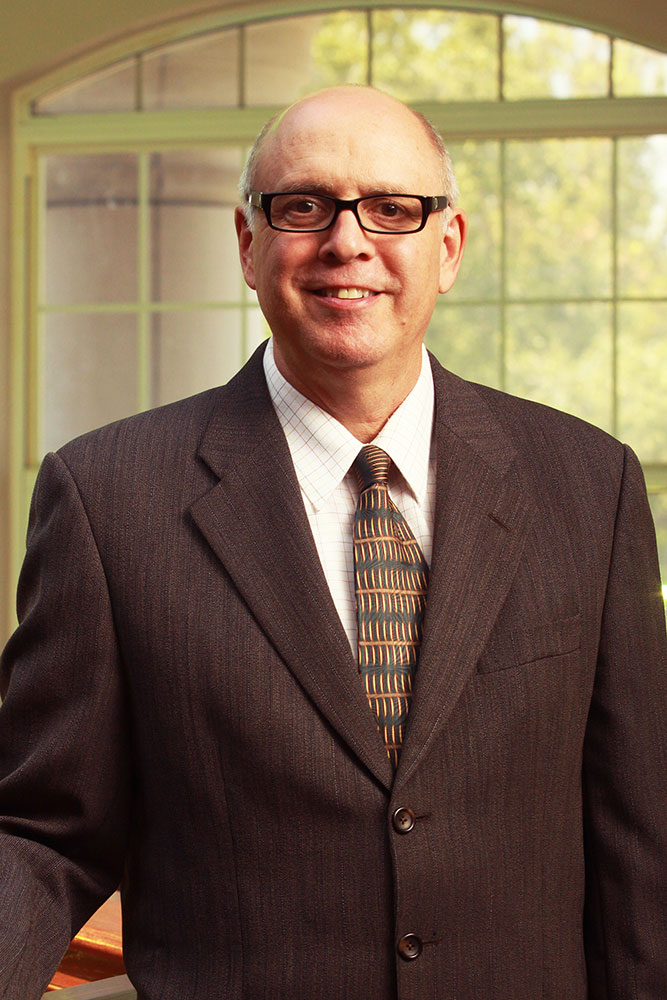OBU Professors Publish Research on Reshaping the Federal Workforce
January 18, 2017
Two professors from Oklahoma Baptist University recently published research findings regarding changes necessary for the federal workplace to keep pace with the private sector workforce. Dr. Rich Rudebock, professor of business, and Dr. Daryl Green, assistant professor of business, along with Dr. Gary Roberts of Regent University, have studied workforce issues faced by the federal government and have offered solutions to these problems.
Their findings, titled, “Reshaping the Federal System for a Postmodern Workforce,” were recently published in “Management and Economics Research Journal” (MERJ). With an acceptance rate of only 36%, this academic journal publishes original, quality articles that focus on business management and related economic issues. MERJ targets scholars, management research and consulting professionals, and other interested groups and individuals.
The researchers have more than 50 years of academic experience combined, as well as more than 50 years in the public and private sectors. Rudebock is the Robert L. and Sara Lou Cargill Chair and professor of business at OBU. He is also the former Dean of the Paul Dickinson College of Business. Green is an assistant professor in the College of Business at OBU. He is a former U.S. Department of Energy program manager with more than 25 years of professional management experience. Roberts is a professor in the Robertson School of Government at Regent University. He has authored four books plus more than 40 journal articles and book chapters on various human resource and public management issues.
Their article examines the current environment of the federal system and explores how it must adapt to postmodern influences that are embraced by millennial and generation “X” employees. While today’s federal system is rigid in many of its key leadership, performance management and support service delivery systems, the postmodern workforce thrives on flexibility, involvement and excitement.
The federal government faces a human capital crisis over the next several years due to issues such as the reduction in the replacement labor force and the image problem of public service. Rudebock, Roberts, and Green noted, “The federal government faces a ‘perfect storm’ human capital crisis due to the following: graying of the labor force and the associated retirement levels, the reduction in the replacement labor force cohorts, the image problem of public service, and increased competition from the private and nonprofit sectors.”
In fact, one of the great challenges facing federal government employers is to address the negative perceptions of the quality of work life experienced in the federal service, especially for younger employees. According to a 2013 National Association of Colleges and Employers (NACE) student survey, only 5.7% of the students selected the federal government as the sector for their ideal career.
The authors explore the complicated nature of government structure and culture. In the current work environment, organizations contain four generations – the greatest generation, baby boomers, generation “X,” and millennial - co-existing in the workplace. The research demonstrated that different generations have different perspectives on culture. In fact, the postmodern thinking of generation “X” and millennial workers is divergent to those leaders (primarily Baby Boomers) who are currently in power in most organizations.
The authors provided several recommendations, including a new human resource strategy aimed at a postmodern workforce, effective succession planning to recruit and retain new talent, and the cultivation of a federal corporate culture. The authors added, “The current landscape is troubling to many senior executives faced with global threat, budget shortfalls, and internal issues. The researchers proposed that, “today’s leaders cannot continue with the status quo in a postmodern society. Clearly, this process must encompass facilitating relationships and stimulating creativity among followers.”


